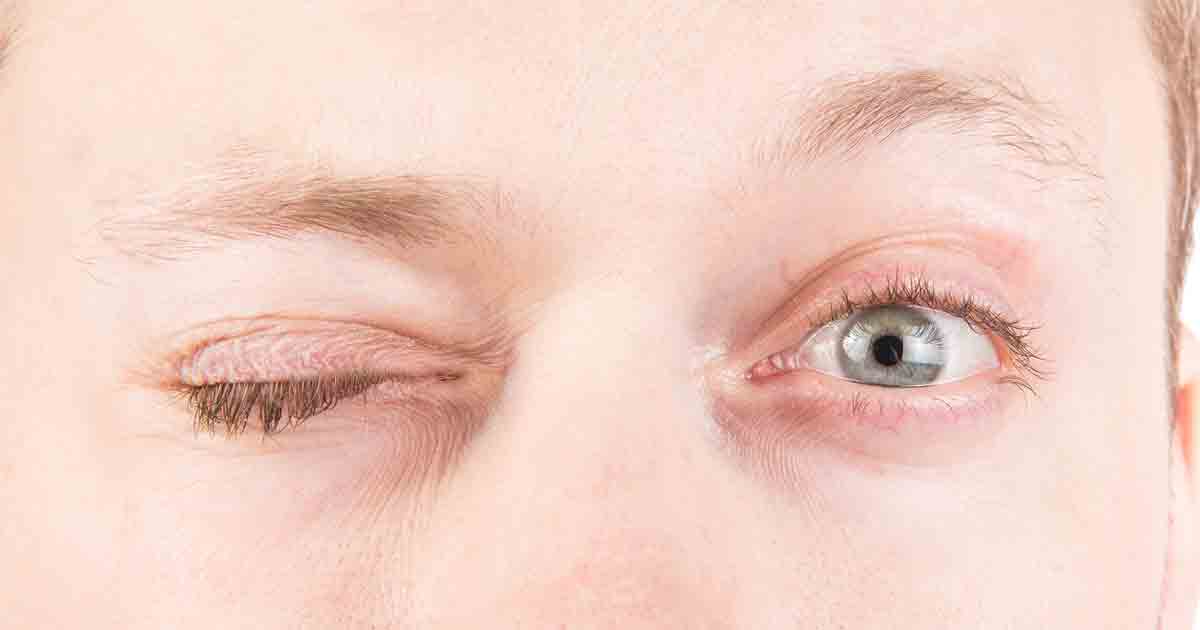Symptoms Of Tourette Syndrome
Tourette syndrome is a type of nervous system disorder characterized by uncontrollable movements and sounds. Individuals who have this disorder tend to have strong urges to make sounds or movements, and trying to keep them from happening can be quite uncomfortable. The precise cause of Tourette syndrome is unknown, but it seems linked to imbalanced levels of certain neurotransmitters.
Though Tourette syndrome can cause some difficulties, it is not typically physically harmful. Individuals who find symptoms of Tourette syndrome impairing their daily lives find certain medications and therapies can help to provide some relief. Being able to diagnose Tourette syndrome will help patients get the appropriate treatments instead of suffering alone. Reveal common symptoms of Tourette syndrome now.
Simple Motor Tics

Simple motor tics are often one of the first symptoms that show up. They are categorized as motions involving one or two muscle movements. The muscles may just be moved from one position to another and then back to the first one. Some tics are so simple they may not even be very noticeable. For example, some individuals may just blink slowly, look to one side with their eyes, or tap a finger. Other motor tics in the simple category may involve larger motions such as jerking the head, shrugging a shoulder, or twitching a knee.
Tics involving the face are quite common, so some patients may raise an eyebrow, wiggle their nose, smile, or move their mouth in a certain position. Simple motor tics tend to be repeated at a rapid rate over a short period. This type of tic can typically be suppressed for a short time, but it causes tension to build up until the tic eventually emerges.
Complex Motor Tics

This style of tic is similar to the simple motor ones because it involves moving muscles around. However, instead of moving a single small cluster of muscles in a back and forth movement, it may involve more steps or larger amount of muscles. For example, a complex motor tic may involve tapping fingers in a specific pattern instead of simply moving one finger up and down. Complex motor tics may be repeated multiple times, or they may just occur once every few minutes or so.
Other examples of common complex tics include picking up an object, twisting the torso, hopping, or moving the feet in a pattern as a person steps. Because these tics are more involved than simple ones, consequences can be more challenging. They may be far more distracting and keep the patient from getting work done. In cases where a complex tic involves obscene gestures, it can greatly impair an individual's social interaction. Sadly, this style of tic can result in harmful behavior like banging the head against a surface.
